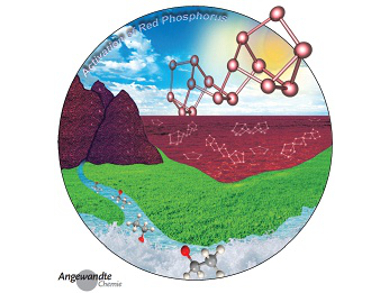In this issue, A. K. Au et al. review three-dimensionally printed microfluidics. How can structures be created by addition of material rather than etching or dissolving in an environmentally benign yet economical way? E. A. Crane and K. Gademann discuss the capturing of biological activity in natural product fragments by chemical synthesis in a further Review. In his Editorial, Ian Manners wonders whether the current changes with respect to support for truly fundamental research are good or bad for chemistry.
In the Communications section, M. Shatruk et al. show how red phosphorus can be converted into soluble polyphosphide anions by reaction with potassium ethoxide (see picture). J. W. Grate et al. present triazine-based polymers with defined sequences, side-chain diversity, and backbone–backbone interaction motifs. X. Chen et al. succeeded in the capture of CO2 from ambient air by using nanoconfined ion hydration.
- Angewandte Chemie 12/2016: Environmentally Benign and Economically Efficient,
Angew. Chem. Int. Ed. 2016, 55 (12).



